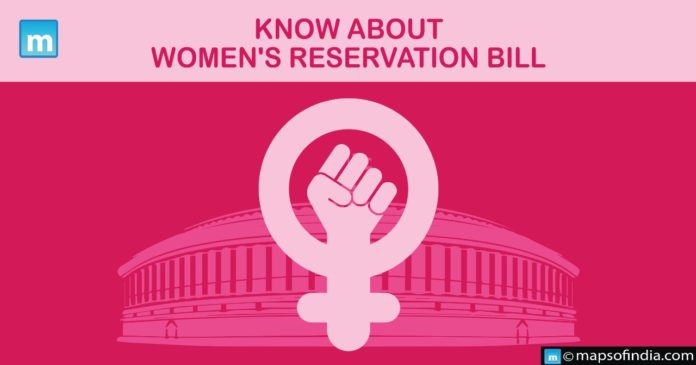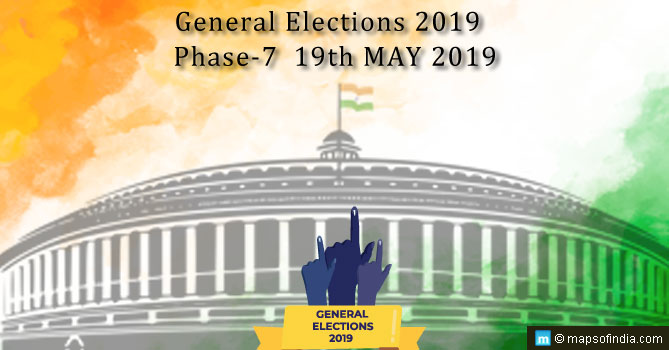Recently, the Supreme Court accepted the Public Interest Litigation (PIL) on the introduction of ‘reservation of women’ in the governance sector, such as parliament and state assemblies.
The apex court agreed with the plea to re-introduce the women’s reservation Bill 2008. It has also directed the petitioner to grant notice to the central government.
About the Women’s Reservation Bill
The Women’s Reservation Bill was passed in 1993. According to the latest report by ‘deccanherald’, The main objective of this bill is to reserve 33% of the seats in the governance sector, that is, parliament and all other state legislative assemblies, for the women’s category.
The seats will be reserved for women based on various constituencies in the state or the union territory. According to reports, one-third of all seats in the Lok Sabha and all state legislative assemblies will be reserved for women.
The Lok Sabha and state legislative assembly seats will be considered for an individual state or constituency based on the draw of lots. The drawing of lots will also be irregular. It will be reserved once in every three regular general elections.
History of the Women’s Reservation Bill
In 1993, a constitutional amendment was passed that considered reservation for women in village panchayats. According to the amendment, any woman can fight for one-third of the village council leader or the position of sarpanch in a gram panchayat.
Later, this temporary provision was disabled. Again in 1996, the bill lapsed, as houses used to get dissolved every time. From 1996 to 2007, the bill used to get dissolved for various reasons. Such as no answer by the president, illiteracy among women, and no majority of votes supporting women.
In 2008, the bill was again served to the Rajya Sabha. After a year, a parliamentary standing committee on law and justice was set up, which cleared the women’s reservation bill in 2010.
The Lok Sabha did not vote on the bill from 2010 to 2022. Neither a majority passed it, that is 51% of India’s state legislature, nor was it signed by the president, making it pending.
Why is the Women’s Reservation Bill required?
- Lower Women’s participation
It is reported that the participation of women in the lower house of parliament, that is, the Lok Sabha and all other state assemblies, is meagre compared to men. To promote women as ministers, the bill was laid before the parliament.
- Fewer opportunities at a higher level
It is experienced that women working in the positions of Panchayati Raj have worked effectively. Due to high competition, they cannot fight for the election with men. Reserving seats will allow women to stand with men in the elections or get nominated.
- Gender discrimination
In some parts of India, the area is dominated by men. In those areas, women can not even think of fighting elections. The scheme will help promote empowerment.
- Political discrimination
When a man is given more opportunities than a woman, this is called “discrimination” in politics. Currently, the number of men in politics is greater than that of women. If women enter politics, they will have a voice regarding other women, children, and the topics with which they are associated.





